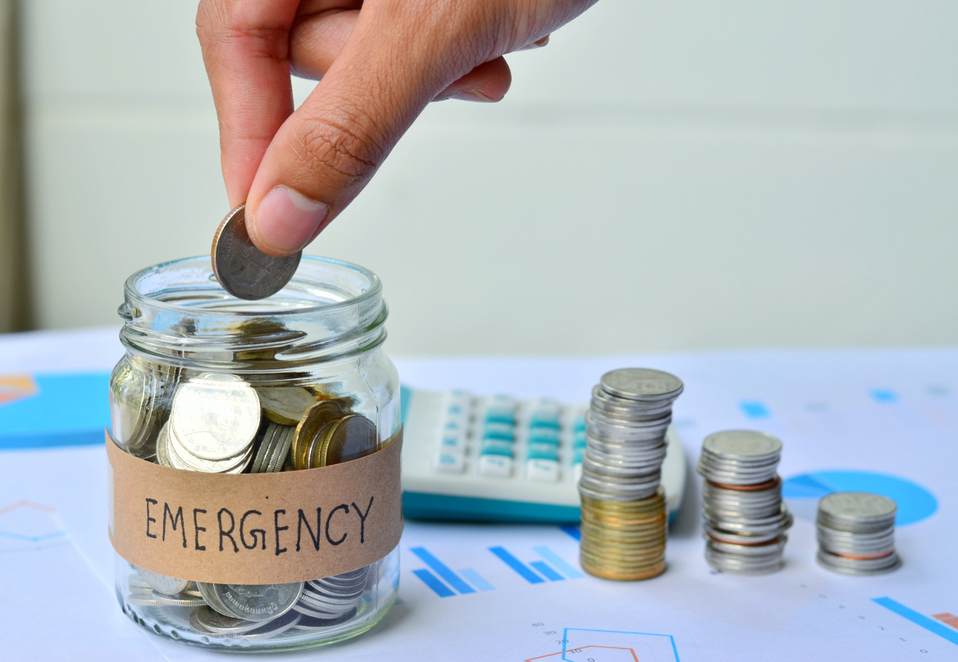A horse! A horse! My kingdom for a horse! — Richard III, Shakespeare
The deadly virus that has upended the world has a priceless lesson for investors — be prepared for emergencies. No one was ready for the kind of devastation the markets have witnessed over a span of a few weeks.
Portfolios, built carefully over the years, have now collapsed beyond recognition. And chances of recovery are nowhere on the horizon.
The scenario once again brings a popular strategy to the fore: earmark a part of your holdings as an “emergency fund”, keep it as liquid as possible, and be ready to utilise it during periods of extreme uncertainty. Here, in the paragraphs that follow, we will see how best this can be done in these circumstances.
Now, as everyone knows, cash is the most liquid of all options. However, it does not fetch you any return. The next best alternative, therefore, seems to be your savings bank account. The latter, incidentally, makes little sense in today’s world, and this applies to even those who do not have too much to spare.
Instead, a far more practical strategy is to use your bank account in a limited manner for only a modest amount — say, whatever is sufficient for you to meet the household needs for three months — and look for other choices when it comes to the rest.

There are plenty of options for those who seek liquid funds, notwithstanding the fact that almost all of them are run in an identical manner. The degree of variation in their performance is also not much. The best performing liquid fund in a given time period will not be too widely different from the next best alternative for the same period.
However, all those who view liquid funds as a “strategic fit” need to know that a few critical rules concerning these products have been altered in the recent past by the securities regulator, and the new regulations have started impacting the way investors now use such funds.
Foremost among them relates to the graded exit loads that have been imposed (see chart).
Cash or else
While the extent of allocation should depend on prevailing circumstances, a minimum allocation of 10 per cent (of your investible corpus) to liquid funds, which can form the base for your emergency preparedness, is advisable. The rest of it needs to be spread over designated asset classes in keeping with your risk profile. The latter, as you know, is determined on the basis of many factors, including the time horizon, age, current income, liabilities and so on.
Depending on your specific appetite and requirement, you can choose other (although these could be a bit riskier) categories of products as well. These can be short-term debt funds that can be leveraged for tactical reasons. These are liquid enough — units can be redeemed easily — and the proceeds can get credited to designated bank accounts quickly too.
Here, investors need to remember that redemptions will invite taxation as exits from funds can lead to capital gains.
Income tax, along with inflation, is among an investor’s most staunch enemy, and there is no point in attracting more of the former.
As for inflation, nothing can be done as this is virtually inevitable; a wise investor will compute his real returns on an inflation-adjusted basis.
In the days to come, the average liquid fund can be expected to deliver 5-5.5 per cent or so.
The market will, of course, view this in the backdrop of lower returns that are likely to be generated by debt funds in general (or even bank deposits).
Serving as the backdrop is the Reserve Bank of India’s most recent policy announcement related to the latest cut in the repo rate, which has been reduced by 75 basis points to 4.4 per cent.
Emergency strategies
Here are a few points worth your time
• Your emergency funds must be always accessible, and must be easily drawn upon. Remember, this part of your portfolio is not likely to generate meaningful returns, and you will need to live with this reality. In a good, stable year, this will cause you some consternation. However, there is a need for you to take a resolute stand in this matter.
• At all times, the emergency pool should be in a ready-to-use state. Therefore, KYC and similar requirements should be completed, and pending paperwork should be updated. It has to be synced with your bank account and contact IDs such as mobile number. Complete online access will be essential when you need to work from home or if you have to be closeted elsewhere for medical reasons.
• The corpus that has been earmarked must be replenished when it is exhausted after an emergency. Further, it needs to be increased when the relevant trends turn scary. In other words, be ready to shore it up when you receive clear, negative signals.
A worldwide attack of a deadly virus will result in a series of terrible memories and no positive takeaways of any sort.
Not everybody can cope with the enormous challenges — loss of revenue and even shortages — it will eventually throw up. Many of these challenges have already started to manifest. Use this as a lesson; emerge from it stronger.
The writer is director, Wishlist Capital Advisors











